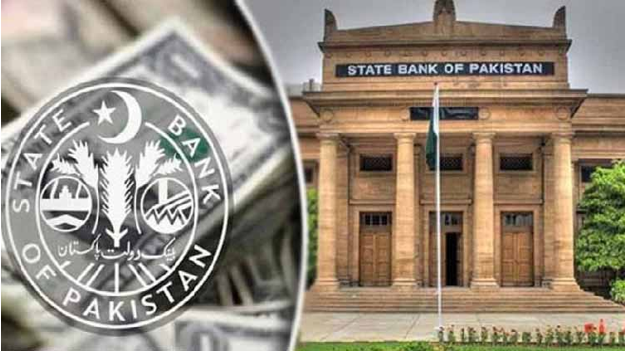i INP-WEALTHPK
Moaaz Manzoor
A cautiously steady tone is expected to dominate the upcoming monetary policy meeting as recent data shows inflation edging up and trade imbalances widening, yet the economy’s early signs of recovery keep the case for policy stability strong. Market expectations overwhelmingly suggest that the State Bank of Pakistan (SBP) will maintain the policy rate at 11 percent in its October 27 meeting. According to Arif Habib Limited (AHL), the decision will likely reflect a balancing act between emerging inflationary pressures, a marginally wider current account deficit, and the need to preserve the nascent domestic recovery.
Headline inflation rose to 5.6 percent in September 2025 from 3.0 percent in August, largely due to flood-related disruptions in food supplies. As a result, the average inflation forecast for FY26 has moved slightly above 7 percent, just beyond the SBP’s 5–7 percent target band. Core inflation, however, remained steady at 7.3 percent, indicating that underlying price pressures are still contained and giving the central bank room to maintain its cautious stance.
On the external side, the rupee has appreciated 0.9 percent so far this fiscal year, supported by improved credit ratings, stronger foreign inflows, and continued progress under the IMF program. Still, trade data points to growing challenges. According to the Pakistan Bureau of Statistics (PBS), the country’s trade deficit widened to USD3.4 billion in September. Exports totaled USD2.5 billion—down 11.9 percent year-on-year but up 3.4 percent from August—while imports rose 15.2 percent year-on-year and 11.6 percent month-on-month to USD5.9 billion.
During the first quarter of FY26, the trade deficit expanded by 33.8 percent year-on-year to USD9.4 billion. Remittances stood at USD3.2 billion in September, up 1 percent year-on-year, providing a partial cushion. Even so, AHL believes the full-year current account deficit will remain manageable within the SBP’s projected range of 0 to -1 percent of GDP, suggesting external pressures, though present, are still under control.
Domestically, signs of revival are visible. Large-scale manufacturing grew by 9 percent year-on-year in July, driven by gains in the textile, food, and petroleum sectors. Analysts say maintaining policy consistency will be crucial to sustaining this recovery phase. Bond yields have also remained broadly steady, reinforcing market confidence that the SBP will stay the course.
The three-year and five-year papers rose by 6 and 21 basis points respectively, while the 10-year bond yield eased by 4 basis points. AHL’s pre-policy survey found that 87.5 percent of respondents—including banks, asset managers, and corporates—expect the policy rate to remain unchanged, while 12.5 percent foresee a modest 50-basis-point cut.
Syed Zafar Abbas, Manager at Zahid Latif Khan Securities, told Wealth Pakistan that the central bank is unlikely to consider a rate cut at this stage. He said the recent IMF staff-level agreement may not immediately influence policy decisions, given the slow post-flood recovery and potential inflationary pressures. “Economic indicators have yet to show any major improvement, and with inflation risks still present, the State Bank may prefer to maintain the current stance during this quarter,” he added.

Credit: INP-WealthPk



